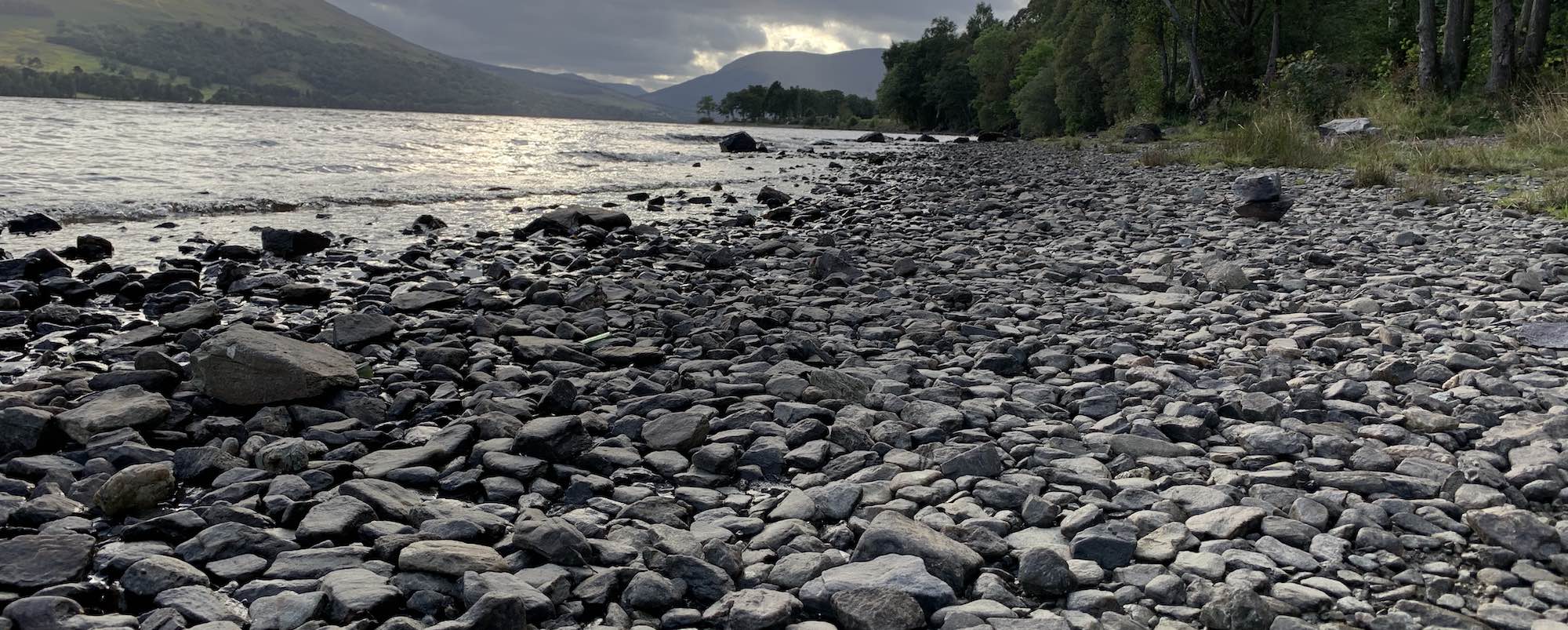Well, perhaps we should start with what made my old site slow. In this post, I'm going to talk about lessons I've learned and lessons you can also learn, in particular with PHP.
- PHP 5.3 - in version 3.0 I used PHP 5.3 on my website. I did eventually move to PHP 7.0 but I had to revert some parts of the website back to PHP 5.3 due to compatibility issues. PHP 7.0 is considerably faster and has a new OP Cache that improves performance further.
- Database calls - there were tons more database calls on my old website and they weren't optimised. I now make sure that all database calls are to the same connection using connection pooling and use prepared statements on all statements.
- Deep integration with slower services - a big issue for my old version 3.x website. By including the Facebook API and so on I was burdening my server with things it really didn't need.
- File reads - and lots of them. Lots of file reads slowed my server and had a detrimental effect on performance due to file locks. This was perhaps the biggest reason my old site was slow.
What makes my new website fast?
- PHP 7.0 and OP Cache - PHP 7.0 is a lot faster and it makes no difference to my new website since it's been heavily optimised for PHP 7.0. OP Cache also reduces the amount of time my server spends parsing PHP and takes some of the load away. (This article explains this https://blog.famzah.net/2016/02/09/cpp-vs-python-vs-perl-vs-php-performance-benchmark-2016/)
- Database calls are, as previously mentioned, faster now due to the use of connection pooling and prepared statements.
- Less third-party services - my website no longer uses the Facebook API. I've also cut out several other APIs that were being experimented with.
- Far fewer file reads - in fact, there are only two file reads now - one for the very short head and one for the very short foot.
- Object-oriented design - something I've always loved about programming is OO design, and when I first developed version 3.0 I had no idea PHP had an OO model of development. Now in 2018, under the redevelopment of the website, I decided it was best to make it object-oriented. This improves the ease of development but also makes it perform better.
- Far less CSS and JS - in terms of front-end performance, the site loads in less than 500ms from a UK based connection (where my server is) and this is only possible due to the optimisations that have been made. I've cut both the CSS and JavaScript files by considerable amounts, even as much as half. This has been particularly successful due to the inclusion of the Girder framework which means less focus on the responsive design that was, I will admit, quite cumbersome before. One of the biggest reasons for the smaller CSS is because I no longer spend time overwriting other CSS selectors and properties because my new website abolishes things like Magnific Popup and utilises solely on my own CSS. This change means that there is less overwriting and more specific CSS. This also means that less time is spent parsing the CSS and makes it better in both battery life usage and performance on mobile devices.
A final word about my site
It's not at the stage where it's finished and I'm also looking at ways to improve performance even more, but at the same time, I'm trying to bring my website back to how it was before in terms of functionality. For instance, I've still not had the time to bring a search box on to the masthead of the site and I aim to get that done soon. And I want to get the Twitter widget a bit more interactive as well.



There are no comments on this page.
Comments powered by BalfComment